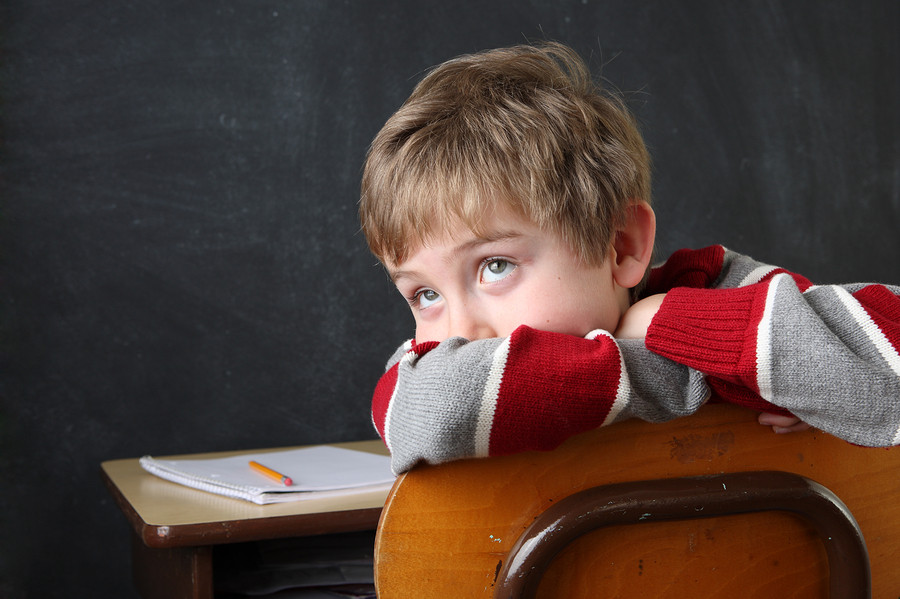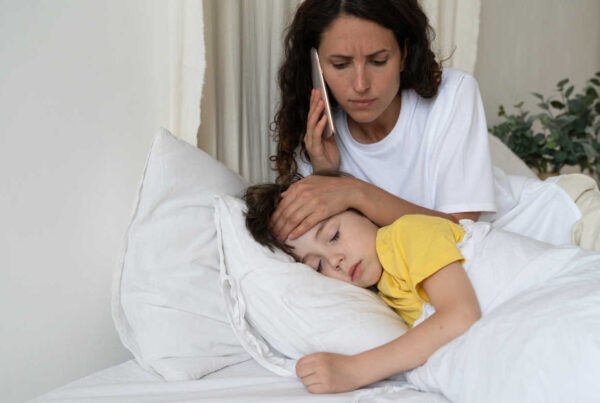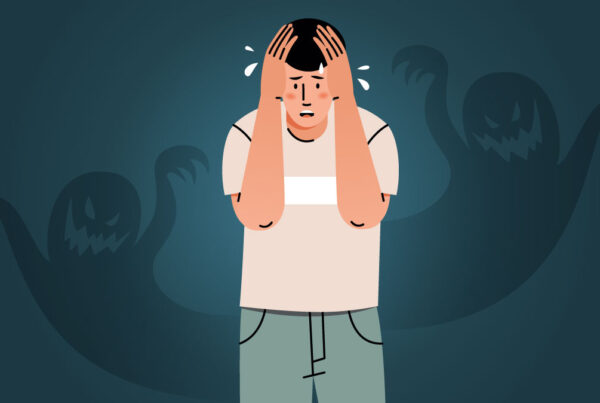Attention-Deficit/Hyperactivity Disorder (ADHD) is one of the most common neurodevelopmental disorders in children. It affects how children behave, think, and focus, and can have a lasting impact on their academic, social, and emotional development. As a parent or caregiver, it can be challenging to know if your child has ADHD because some symptoms overlap with normal childhood behavior. However, early detection and intervention are key to helping children with ADHD thrive.
In this article, we’ll explore the common signs of ADHD in children, how to differentiate between typical behavior and potential ADHD, and what steps you can take if you suspect your child may have this condition.
Understanding ADHD in Children
ADHD is characterized by three primary symptoms:
- Inattention – Difficulty focusing, making careless mistakes, and following through on tasks.
- Hyperactivity – Restlessness, excessive movement, and difficulty staying still.
- Impulsivity – Acting without thinking, interrupting conversations, or struggling to wait for one’s turn.
While many children may exhibit some of these behaviors, it becomes a concern when the symptoms are severe, persistent, and interfere with daily life.
Recognizing the Signs of ADHD in Children
1. Inattention
Children with ADHD may struggle with attention in various settings, including school, home, and social situations. Signs of inattention may include:
- Difficulty focusing on tasks: Your child may frequently get distracted during activities like homework, chores, or even conversations.
- Making careless mistakes: Your child may seem to make simple mistakes due to a lack of attention to detail.
- Forgetfulness: Your child may often forget to complete tasks or misplace items like schoolwork, toys, or personal belongings.
- Difficulty organizing tasks: Children with ADHD may have trouble keeping their things organized and often struggle to complete tasks in a sequential order.
- Avoiding tasks that require sustained focus: If a task requires concentration for an extended period, your child may try to avoid or procrastinate, becoming easily bored.
2. Hyperactivity
Hyperactivity refers to a level of physical activity that is disproportionate to the situation. Children with ADHD may be excessively energetic or restless, including:
- Constant fidgeting or squirming: Your child may have trouble sitting still and might constantly move their hands, feet, or body.
- Running or climbing excessively: Children with ADHD may feel the need to move or engage in physical activity at inappropriate times, like in the classroom or at the dinner table.
- Talking nonstop: Hyperactive children may speak at an unusually fast pace or excessively, often interrupting conversations or activities.
3. Impulsivity
Impulsivity in children with ADHD manifests as difficulty controlling their actions or reactions. This includes:
- Interrupting others: Your child may frequently interrupt conversations or answers questions without waiting their turn.
- Making snap decisions: Your child might act without thinking through the consequences, such as running into the street or grabbing a toy from a sibling.
- Difficulty waiting their turn: Whether it’s waiting in line, waiting to speak, or waiting for a turn in a game, children with ADHD often struggle to exercise patience.
How to Differentiate ADHD from Normal Behavior
It’s important to remember that all children display varying degrees of inattention, hyperactivity, and impulsivity at different ages. However, ADHD is diagnosed when these behaviors are more intense, occur more frequently, and interfere with daily functioning. Here are some key differences between typical childhood behavior and ADHD:
- Age-appropriate behavior: Young children naturally exhibit some impulsivity, fidgeting, and restlessness. However, ADHD symptoms are persistent and can be noticed across multiple settings (home, school, extracurricular activities).
- Duration of symptoms: ADHD symptoms typically appear before the age of 12 and last for at least six months. If your child’s behavior is inconsistent and disruptive over time, it may indicate ADHD.
- Impact on daily life: ADHD symptoms must interfere with your child’s ability to function in multiple areas of life, such as school performance, relationships with peers, or family dynamics. If your child’s behavior is causing significant issues, it’s worth considering a professional evaluation.
Seeking Professional Help
If you suspect that your child may have ADHD, the next step is to consult a healthcare professional. A pediatrician, psychologist, or psychiatrist who specializes in ADHD can assess your child’s behavior through a combination of methods:
- Parent and teacher feedback: Teachers, caregivers, and parents are key in providing input on your child’s behavior in different environments. Often, a comprehensive report from both home and school is part of the assessment process.
- Observation: Healthcare providers may observe your child’s behavior during an appointment to look for signs of ADHD.
- Psychological testing: Cognitive and behavioral tests may be conducted to evaluate your child’s attention span, impulse control, and other behaviors.
- Medical examination: Sometimes, medical tests are performed to rule out other conditions, such as hearing or vision problems, that could be affecting your child’s attention.
Steps to Take if Your Child is Diagnosed with ADHD
If your child is diagnosed with ADHD, it’s essential to take an active role in their treatment. ADHD is manageable with the right approach, and early intervention can lead to better outcomes. Some common treatment strategies include:
1. Behavioral Therapy
- Cognitive Behavioral Therapy (CBT): Helps children develop skills to manage their impulses and behaviors by focusing on changing negative thought patterns.
- Parent training: Parents can learn strategies to support their child, such as creating a structured environment, setting clear expectations, and providing consistent rewards and consequences.
2. Medications
- Stimulant medications: Medications such as methylphenidate (Ritalin) and amphetamines (Adderall) are commonly prescribed to help children with ADHD focus and reduce impulsivity.
- Non-stimulant medications: These may be prescribed if stimulant medications are not effective or cause side effects.
3. Educational Support
- Individualized Education Plan (IEP) or 504 Plan: These plans are created by schools to provide accommodations like extended time on tests, a quiet space for studying, or organizational support.
4. Lifestyle Changes
- Creating routines: A structured daily routine can help your child manage their time and activities.
- Exercise and sleep: Regular physical activity and good sleep hygiene can help manage hyperactivity and improve focus.
While ADHD can present challenges, it is important to remember that children with ADHD are not “bad” or “misbehaving.” They simply have a different way of processing and interacting with the world around them. With the right support, children with ADHD can learn to manage their symptoms and lead successful, fulfilling lives.
If you suspect that your child may have ADHD, seeking professional advice early on can help you understand their needs and provide them with the best possible care. With early intervention, tailored strategies, and a positive support system, your child can thrive despite the challenges ADHD may present.



